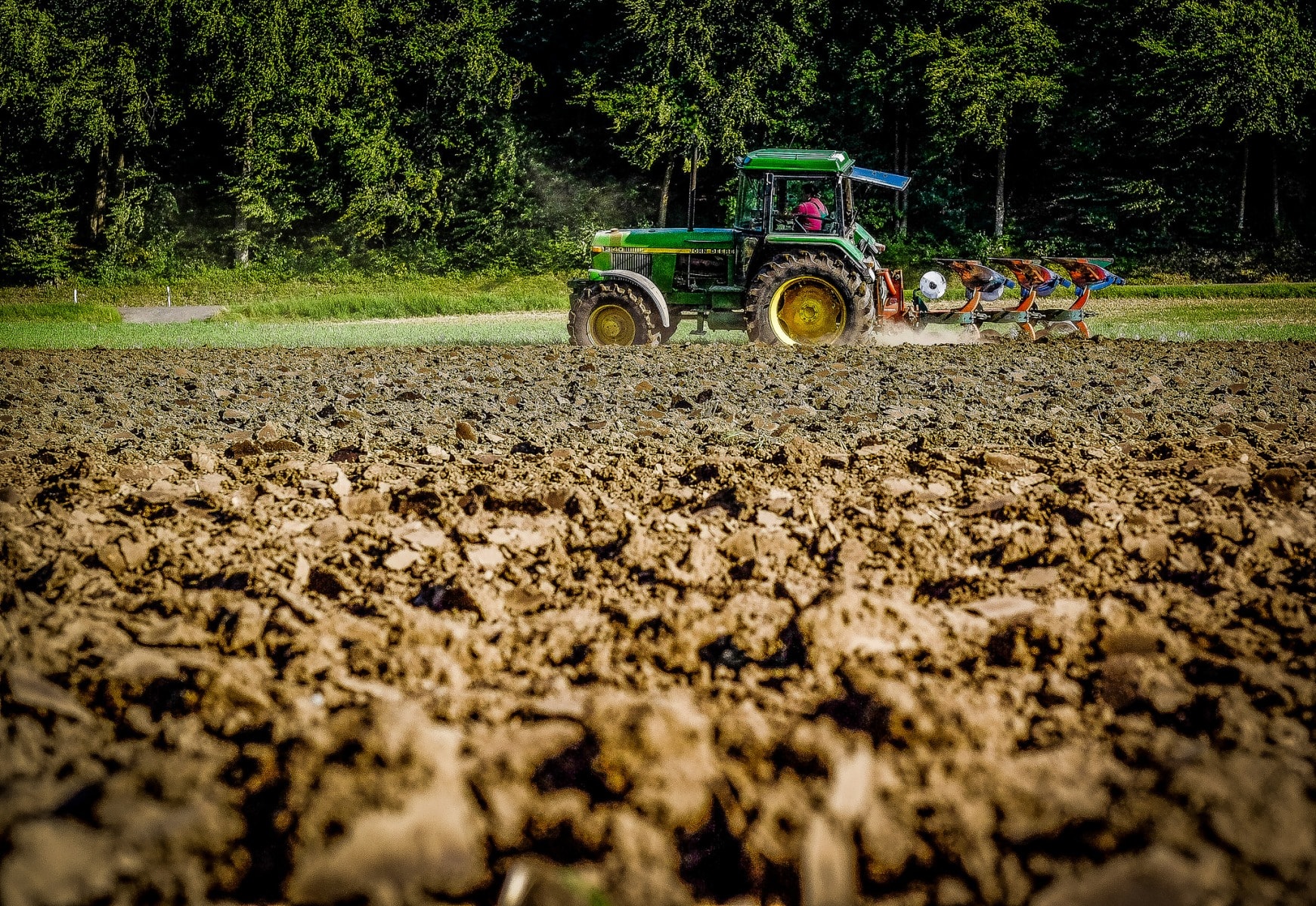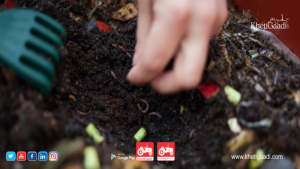Prevent Soil Erosion is a natural occurrence, whereby some amount of soil is blown away or washed away from a particular area by the cumulative effects of the wind, rain, and water. The phenomenon is accelerated by human activities like felling trees and shrubs, clearing ground vegetation, and keeping the ground bare. The soil is left with nothing to hold on to, and gets easily displaced and dispersed.
This can become a matter of concern if too much topsoil is depleted from an area by soil erosion as this can reduce the fertile quality of the land and make it difficult to grow vegetables, fruits, and crops there. On slopy areas, soil erosion can cause landslides, and regular occurrences of these can be disastrous to farming and can pose a risk to human and animal lives as well. It is therefore necessary to minimize or prevent soil erosion as much as is possible. So here we are presenting article about How To Prevent Soil Erosion On Farmlands.
Easy Steps to Prevent Soil Erosion On Farmlands
1. Plant Trees
Tree roots tend to spread deep down in the ground and, in conjunction with ground vegetation and ground covering mulches, can do a great job of holding the soil together and keeping soil erosion to a minimum. The “in conjunction with ground vegetation and ground covering mulches” is an important factor. Forests do not have as much soil erosion exactly because, in addition to trees, there is ground vegetation and mulch from fallen leaves and branches.
Trees also work as wind breakers, and can cut down the amount of soil that would otherwise have been carried away by the effects of strong winds. Planting trees around the boundaries of farmlands and in other places will cut down soil erosion to a very good extent.
2. Plant Grasses And Other Ground Covering Vegetation
Grasses, creepers, and other ground covering vegetation don’t have deep roots like trees, but can build up a closely meshed root network that can help in holding the soil together. Such vegetation should be deliberately planted or allowed to grow naturally on fallow farmlands. Planting grasses between crop rows can also slow down soil erosion.
3. Spread Mulch
Mulch is made up of dried leaves, shredded leaves, twigs, wood shavings, wood bark pieces, dried grasses, dried weeds, coconut fibre, broken branches, and other natural waste. Spreading it over a bare ground surface can protect the soil by making it difficult for it to be blown or swept away. Mulch also retains moisture and naturally decomposes, increasing the amount of nutrients in the soil and thus making it more fertile and thereby more suitable for farming.
4. Use Mulch Mats
Mulch mats can be made from coconut fibre, hemp fibre, dried grasses, bamboo leaves, and so on. Some farmers even use plastic sheets as mulch mats, but this can turn problematic if the plastic disintegrates over time and pollutes the ground.
It is best to use natural resources that won’t cause harm on disintegration. These biodegradable mulch mats can be spread on the bare ground surface, between the rows of vegetables, crops, and fruit trees, over slopes, and anywhere else that requires protection from soil erosion. Mulch mats catch eroding soil and thus prevent it from being swept away.
5. Use Fibre Logs
Roll mulch up in natural fibre mats or netting to create fibre logs. These can be placed in areas where there is soil erosion and they work very well in catching and retaining the soil.
6. Use Old Logs As Barriers
Piling old logs as barriers on farmland boundaries can be effective in preventing soil erosion. Plant grasses and other ground cover plants about the logs for an additional level of protection against soil erosion. The roots of these plants will take up the slack anywhere the logs fail to or can’t.
7. Use Stones As Barriers
Spreading stones over the ground or piling them on boundaries can create effective barriers against soil erosion.
8. Build Contour Banks
Piling up soil along the land contour can be help ward off soil erosion. Sometimes the soil is packed into jute bags or mats for better results.
9. Build Soil Retaining Walls
Building low retaining walls on the edges of fields and farmlands can stabilize the ground and be effective in hemming in the soil.
10. Practice Terrace Farming
Sloping areas have more problems with soil erosion than flat ground areas, as the soil can just be washed or swept down the incline. This can be prevented by building terraces with soil retaining boundaries on sloping grounds and levelling the ground flat between the retaining walls for easier crop cultivation. Terrace farming has been carried out successfully in hilly areas for centuries.
11. Avoid Tilling The Farmland
If soil erosion in a huge problem in a particular area, it might be best to stop tilling the land. Tilling breaks up and loosens the soil, increasing the risk of soil erosion. Other less invasive farming practices should be considered for that area instead.
12. Improve Land Drainage and Water Management
Dig ditches, drains, and ponds to direct away heavy rain water and any other water run offs, and practice rainwater harvesting. Perforated drainage pipes can also be installed underground to catch and direct away excess water.
13. Reduce Water Irrigation
Water irrigation methods like drip irrigation can provide vegetables, fruit trees, and other crops with the exact amount of water they need, and can prevent excess water from running off and taking the top soil with it.
14. Limit Cattle Access
Grazing lands are the most vulnerable to soil erosion as hungry cattle strip away the ground cover vegetation and loosen the soil further with their hooves. Moving cattle to different pastures and allowing the previous pastures sufficient time to recover and regrow their vegetation is recommended and is perhaps the only effective solution to the problem, but, with limited land holdings, this may not always be possible.
Soil erosion is not completely preventable – some amount of soil is always going to disperse, no matter what – but, with the help of the above mentioned suggestions, its drastic effects can certainly be cut down, the top soil can be protected, and farmlands can be kept fertile and productive.
Visit our page for more information about Tractor, Agricultural implements, Tractor Price, Tractor Videos, and Tractor Games.
Other Related Articles:




